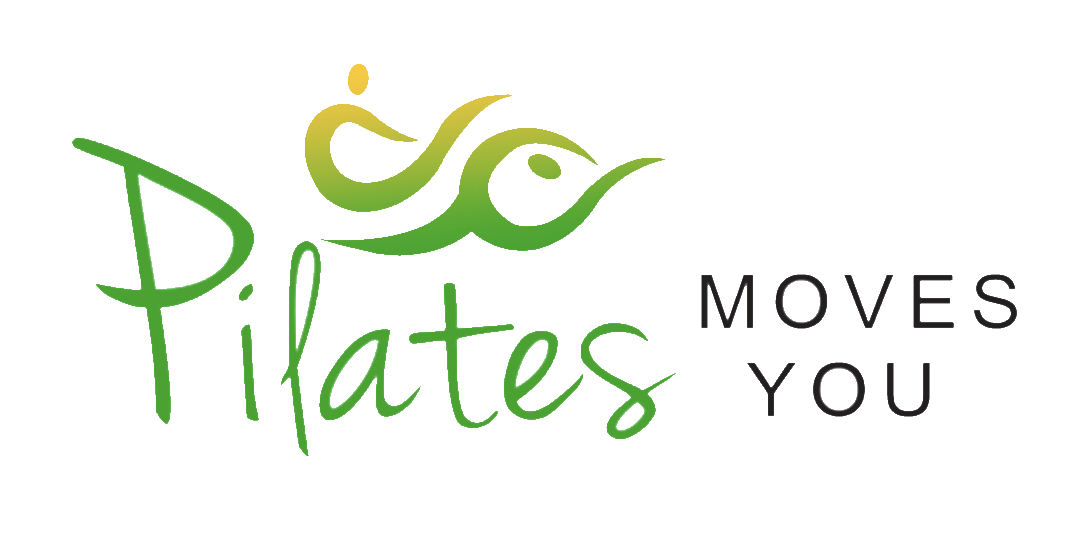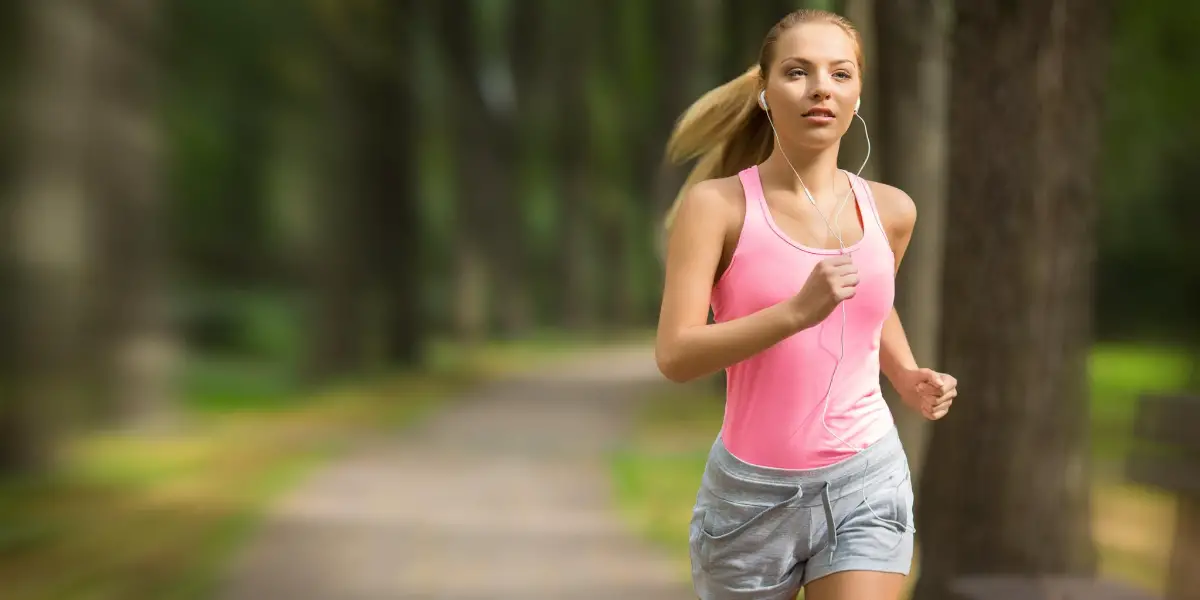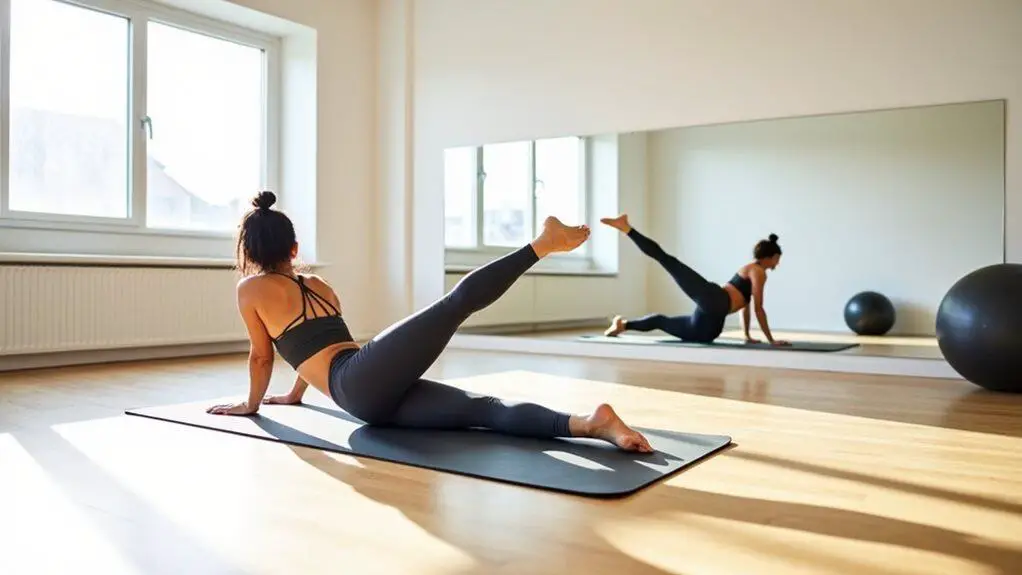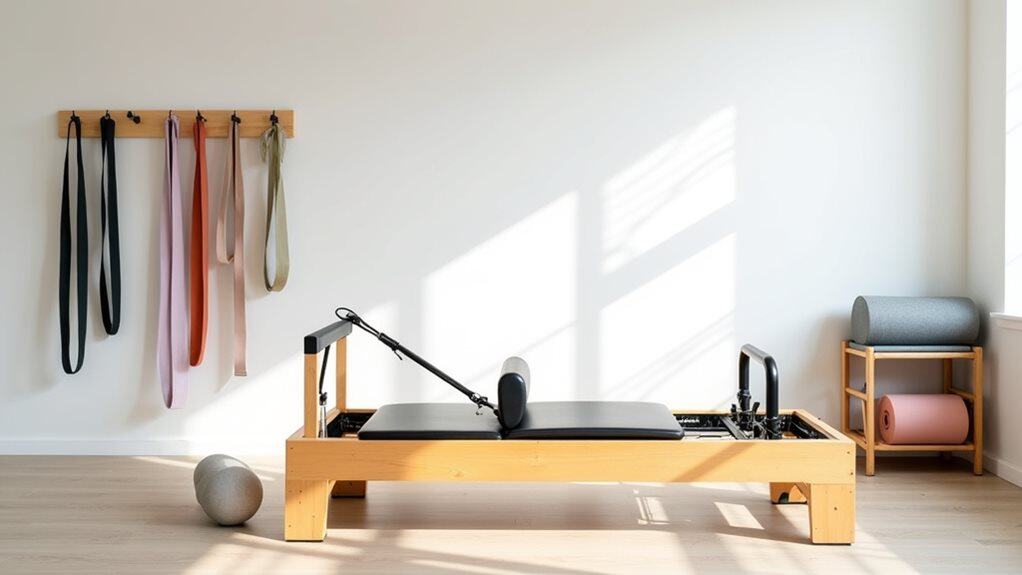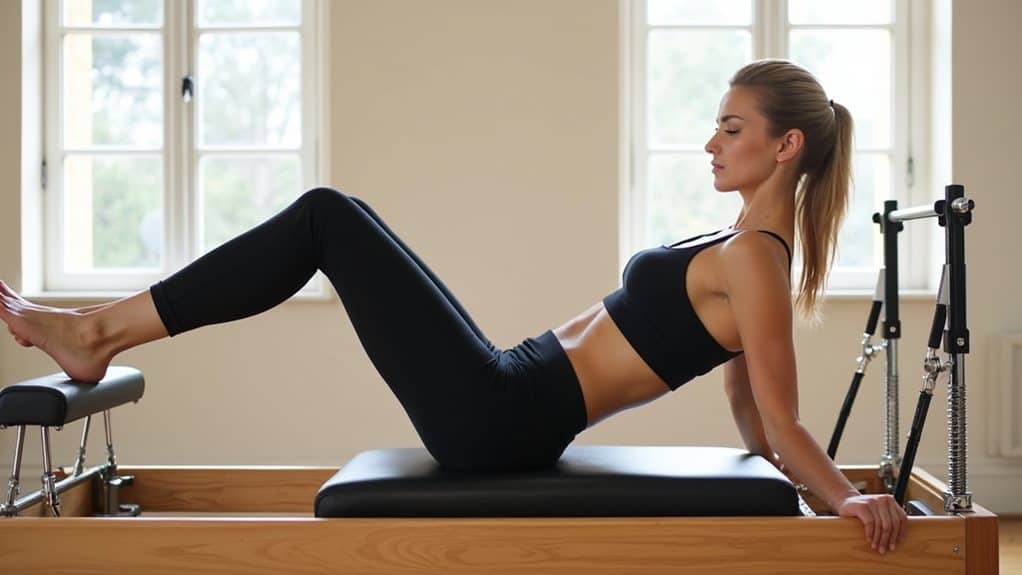There are a variety of different exercises that runners can do to supplement their training and improve their performance. Two popular choices for runners are yoga and Pilates, but is yoga or Pilates better for runners?
Both yoga and Pilates offer a number of benefits for runners and so there is no definite answer. The benefits of yoga and Pilates for runners may vary depending on a person’s specific exercise routine and overall health. However, both disciplines have been proven to be effective in helping improve flexibility, strength, balance, respiratory function and cardiac endurance.
Additionally, both yoga and Pilates can help decrease inflammation which has been linked with many running-related injuries.
Both activities offer great fitness benefits for runners. Yoga focuses on stretching muscles while Pilates focuses on strengthening them. The two exercises complement each other well in terms of improving flexibility and strength.
It is recommended that every runner supplement their running routine with some form of additional practice that increases strength and flexibility.
Yoga and Pilates have been a long time favourite for runners as they both help increase your strength, flexibility and are easy to do with no equipment.
As a general rule, yoga and Pilates offer different varieties of styles that focus on different outcomes: strength training, or hatha for flexibility and mobility work.
Pilates workouts are typically more physically demanding. Yoga, on the other hand, focuses more on stretches rather than a full-body workout.
While both practices can be beneficial, one might be better than the other depending on your personal goals and style.
The benefits of yoga for runners
Which you choose will come down to personal preference. Here are some benefits to picking yoga:
Yoga can improve your breathing control. The ability to control your breath is important for runners because it helps you to regulate your pace and prevent yourself from getting too winded.
Yoga can improve your blood flow. This is important for runners because it helps to deliver oxygen and nutrients to the muscles.
Yoga can reduce your chances of getting injured. This is because yoga helps to increase flexibility and range of motion, which can help to prevent injuries.
Yoga can help you to build a more injury-proof body. This is because yoga helps to strengthen the muscles, tendons, and ligaments.
Yoga can help you to run faster by working muscles that are often neglected. This is because yoga helps to strengthen the stabilizing muscles around the joints.
Here is a popular yoga routine for runners, by the always brilliant Yoga with Adriene.
The benefits of Pilates for runners
I have a number of clients who are competitive runners, taking part in marathons and train events. They maintain a regular Pilates routine because of the following benefits:
Pilates strengthens muscles and improves muscle tone. This makes it easier to maintain proper posture and avoid injury.
Pilates improves balance. Balance is essential for preventing falls and avoiding injury. Pilates teaches you how to control your center of gravity and maintain proper posture.
Pilates reduces stress. Stress causes tension in the muscles and joints. By reducing stress, Pilates reduces the likelihood of injury and promotes relaxation.
Pilates increases flexibility. Flexibility is necessary for maintaining joint mobility and preventing injury. Pilates stretches muscles and improves flexibility.
Pilates helps prevent injury. When performed correctly, Pilates prevents injury by increasing range of motion and flexibility.
Pilates promotes posture. Proper posture is essential for maintaining good health. Proper posture involves keeping your spine straight and lifting your chest. By practicing Pilates, you learn how to properly align your body and maintain correct posture.
Pilates improves performance. Many studies show that regular Pilates practice improves athletic performance. For example, Pilates improved the speed and endurance of swimmers.
Pilates improves strength. Regular Pilates practice builds strength and stamina. Studies show that Pilates helped improve the strength of tennis players, golfers, and baseball pitchers.
Pilates enhances cardiovascular health. Cardiovascular health refers to the condition of the heart and blood vessels. Regular Pilates practice enhances cardiovascular health by helping you maintain a healthy heart rate and rhythm.
Pilates improves body awareness. Body awareness means knowing how your body works. By learning about your body, you become aware of its strengths and weaknesses. Pilates helps you develop greater body awareness. As you perform each movement, you learn how your body moves and responds.
So whether you’re a runner, swimmer, soccer player, golfer, tennis player, or dancer, Pilates can help you achieve better results and enjoy life more than ever before.
Here is a workout I did for runners to do after running to help lengthen hamstrings.
The key differences between yoga and Pilates.
Yoga is a mind-body practice that focuses on the physical, mental, emotional, and spiritual aspects of your life. It’s not just about stretching or strengthening muscles; it’s about finding balance in all areas of your life.
Pilates is a body conditioning exercise program that focuses on strength, flexibility, and stability. The goal of Pilates is to strengthen the core muscles while improving coordination and overall fitness.
If you’ve never done either I would highly recommend taking classes in both to understand the different styles of yoga and Pilates and to see which one complements your running best.
Doing either as supplemental training will reduce your risk of injury, both are low impact workouts and can be done on active rest days.
The bottom line: Which one should you do if you’re a serious runner?
If you are a serious runner looking to improve your performance, then doing both yoga and Pilates would be ideal.
However, if you only have time for one or the other, then Pilates would be better since it specifically targets some key areas that are beneficial for runners such as improving posture and building core strength.
Keep in mind I’m a Pilates instructor, I’m sure a yoga teacher would present their practice as better for runners if asked the question!
That said, it is always smart to check with your doctor or physical therapist about what might be right for you. And trying out a couple classes and instructors to find the one you like best is also a good option.
